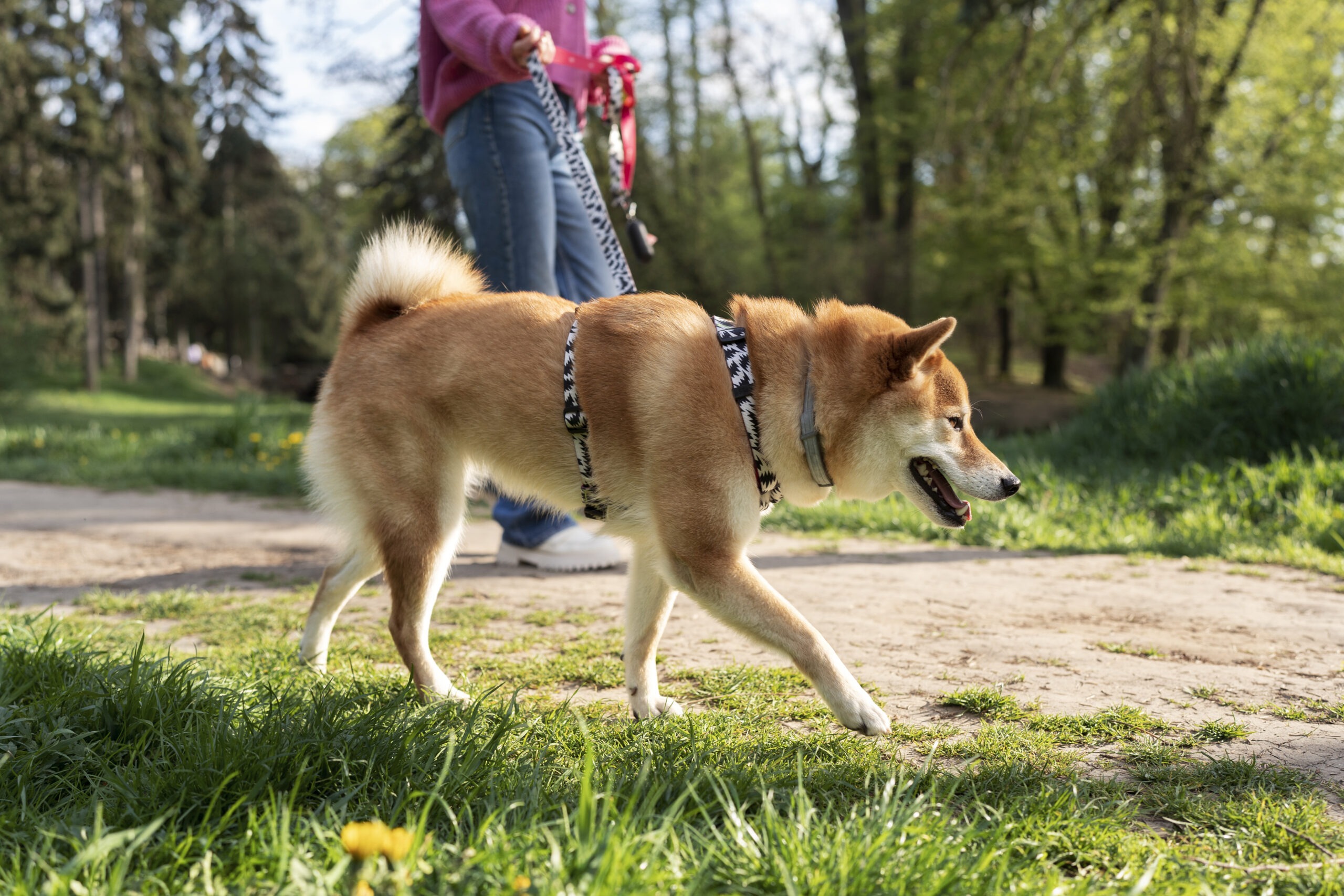Sometimes, our furry friends start walking funny. It can be scary to see your dog limping around the house. But don’t worry, there are many ways on how to treat a limping dog at home. Whether it’s the back leg, front leg, or even a sprained leg, you can help your dog feel better without rushing to the vet every time. There are also good options for how to treat a limping dog at home naturally and even without surgery. If you’re in the UK or anywhere else, the love and care you give your dog can make a huge difference.
Many pet owners look for home remedies for dog sprained leg, or want to know how to help a limping dog at home in a gentle way. If your dog is in pain, there are ways to give dogs pain relief at home using simple things. Knowing how to treat limp tail in dogs at home and ways to treat limping dogs naturally can really help both your dog and your heart feel better. You’ll also learn about how to treat a dog’s sprained leg at home using easy steps and things from your kitchen.
This guide will give you full answers to what helps a limping dog, what to do at home if your dog is limping, and exactly how to treat a limping dog at home in a safe, calm, and loving way.
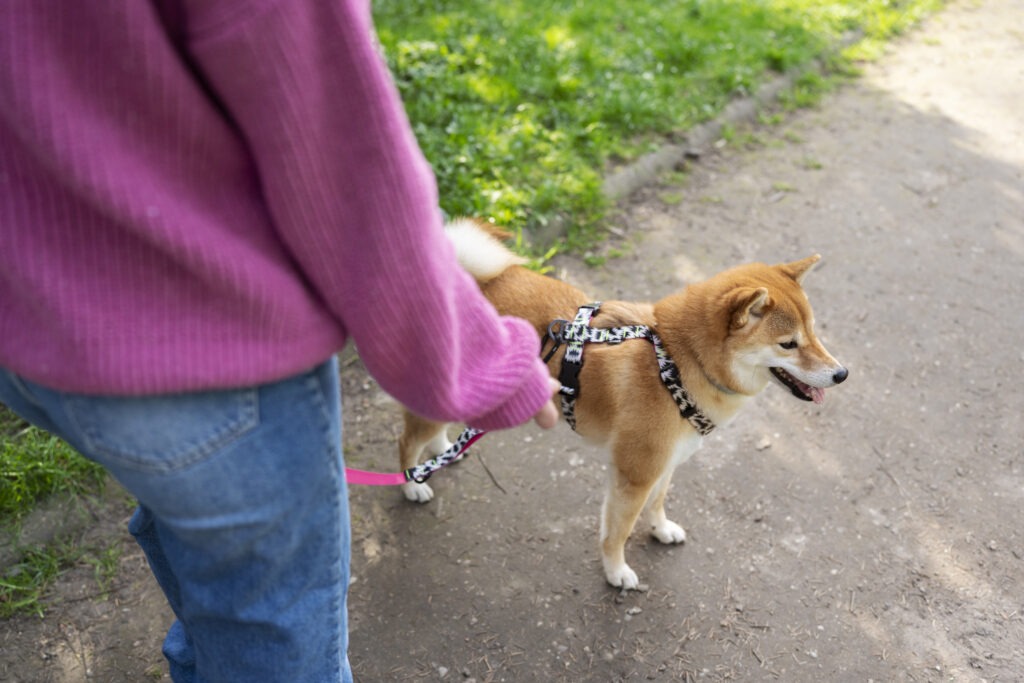
What Causes a Limp?
Dogs limp because of pain or injury. Common reasons:
- Sprains or strains (especially after play)
- Bruised paws or nails
- Arthritis or older age
- Limp tail (“limp tail”)
- Foreign object stuck in paw
- Injury to back leg, front leg, hips
How to Treat a Limping Dog at Home Without Surgery
If it’s not a severe injury, you can help at home:
- Rest: Keep your dog calm and indoors.
- Cold compress: Apply ice pack 10 minutes 3‑4 times a day for first 48 hours.
- Warm compress: After 48 hours, use warm moist towel.
- Elevate Paw Leg: Make your dog lie on a soft dog bed.
- Limit movement: No stairs, no jumping.
- Check the paw: Look for cuts, thorns, or swelling.
- Praise and comfort: Talk softly and pet gently.
This gentle support shows how to treat a limping dog at home naturally and avoid rushed vet visits.
How to Treat a Limping Dog at Home Naturally
For sprains and mild injuries:
- Turmeric paste (pinch) can reduce swelling.
- Fish oil or Omega‑3 in food helps joints.
- Massage: Soft kneading above and below the injured spot.
- Epsom salt soak: A warm foot soak to soothe paw pain.
- Herbal balms with calendula or arnica.
These methods help with how to treat a limping dog at home naturally and reduce reliance on medicines.
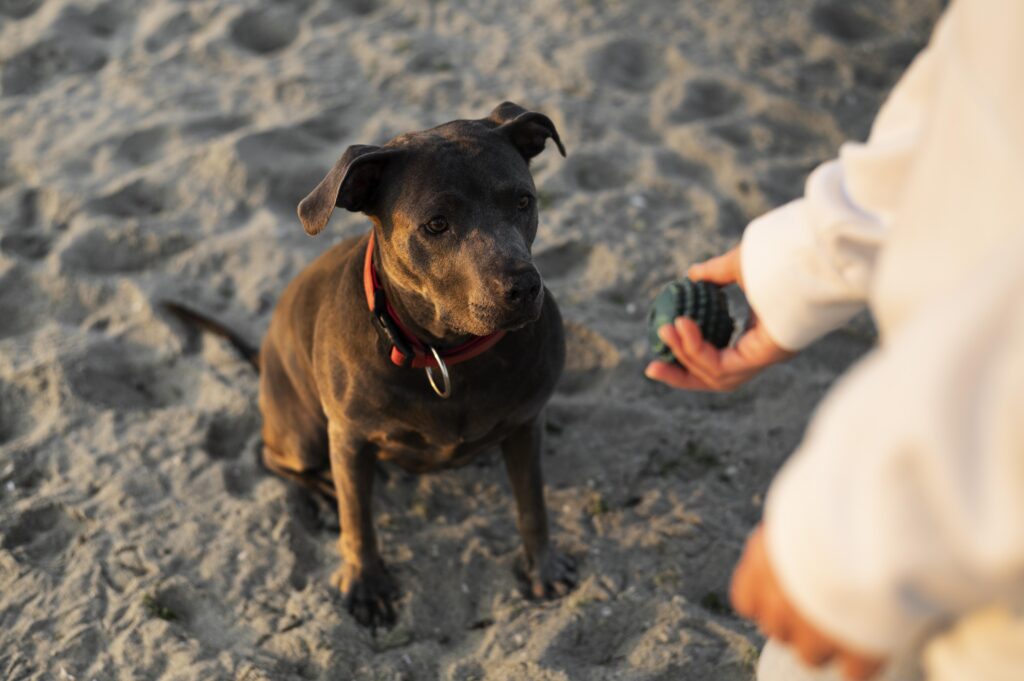
How to Treat a Limping Dog at Home Back Leg
When the limp is in the back leg:
- Support the hip while walking.
- Use booties or non-slip socks to prevent slips.
- Gently stretch the limb (lift and flex ankle).
- Try short walks on grass only—no hard surfaces.
- Apply warm compress to the hip joint.
This is especially for how to treat a limping dog at home back leg pain effectively.
You may like – How to Help Dog with Arthritis: Natural Home Remedies for Back Legs, Front Legs, Hips & Pain Relief
How to Help a Limping Dog at Home (UK Edition)
Living in the UK? You can access:
- Over‑the‑counter Pet Joint Supplements from local pet stores.
- Use natural home remedies like boiled chicken and rice with turmeric (safe in the UK too).
- Try dog-safe balms (like arnica gels) from UK pharmacies.
- NHS‑style advice: get advice from online UK vet helplines before traveling.
So if you’re in Britain, these tips show how to treat a limping dog at home UK (no vet yet).
How Do You Treat a Limping Dog at Home?
Caring for a dog at home requires patience, calmness, and consistency.
- Assess the injury gently.
- Wrap a soft bandage loosely if swelling.
- Give puppy beds, elevate food/water bowls.
- Use hydrotherapy (walking in shallow warm water).
- Provide pain relief if your vet approves (e.g. paracetamol is never safe—keep to vet meds).
This is how how do you treat a limping dog at home with care and safety.
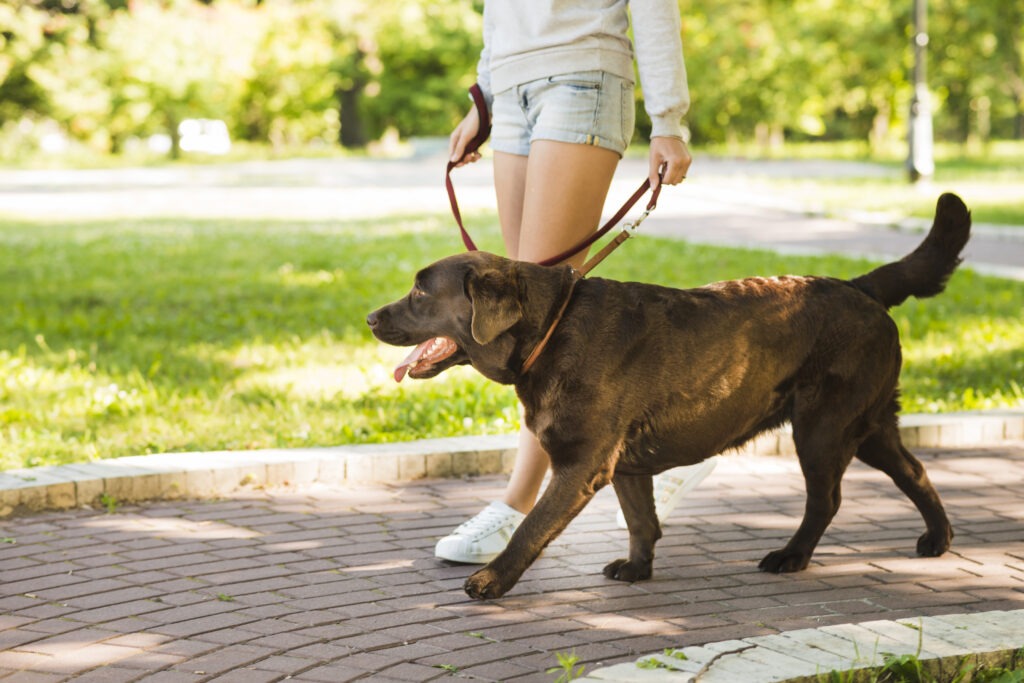
How to Treat Limp Tail in Dogs at Home
“Limber tail” or a limp tail is often caused by overexertion or exposure to cold temperatures.
- Let the dog rest in a warm, quiet spot.
- Gently massage the base of the tail to restore circulation.
- Use warm compresses against the tail.
- Keep area clean; avoid tail wagging in cold drafts.
- Offer soft food, treat, lots of reassurance.
These steps show how to treat limp tail in dogs at home easily.
What Helps a Limping Dog?
General relief tips:
- Soft bedding
- Elevated food/water
- Joint supplements
- Healthy diet (low weight helps)
- Regular massage and gentle exercise
These help explain what helps a limping dog recover smoothly.
What to Do At Home If Your Dog Is Limping
Follow a daily checklist:
- Clean wound or swelling
- Rest 48 hours
- Cold then warm therapy
- Mild movement twice a day
- Healthy food + supplements
- Monitor progress (pictures help)
- Gentle massage
- Vet if no improvement after 3 days
This outlines what to do at home if your dog is limping, step by step.
How to Treat a Dog’s Sprained Leg at Home
If leg is sprained from jumping or fall:
- Use RICE method (Rest, Ice, Compress, Elevate)
- Wrap soft bandage but not tight
- Use cold pack 10 minutes 3x/day for 48 hrs
- After 48 hours, applying a warm compress can improve blood circulation.
- Let dog rest for 7–10 days
- Use joint-safe supplements and massage daily
This shows how to treat a dog’s sprained leg at home naturally.
Home Remedies for Dog Sprained Leg
Natural remedies include:
- Aloe vera gel on swollen area
- Turmeric and honey paste can be gently applied (ensure your dog doesn’t lick it).
- Essential oil blends (diluted, vet-certified)
- Warm ginger compress to relieve stiffness
These are gentle, safe home remedies for dog sprained leg.
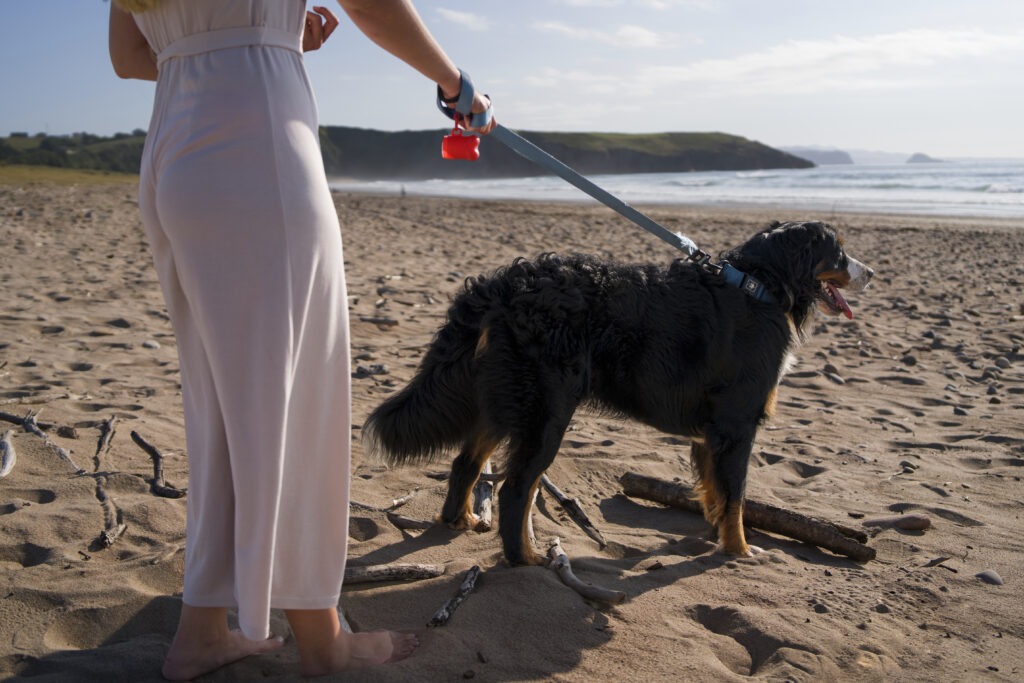
Dog Sprained Leg Treatment at Home
Treating dog sprained leg at home means:
- Gentle walks
- No jumping
- Warm bed
- Check before allowing play again (slowly)
This highlights dog sprained leg treatment at home in caring, detailed ways.
How Can I Treat My Dog’s Limping at Home?
You may ask: “How can I treat my dog’s limping at home?”
Answer: Calm your dog, apply RICE, use remedies, monitor, and give lightweight meals. Slowly reintroduce movement once the leg improves.
How to Help a Dog in Pain at Home
To reduce how to help a dog in pain at home:
- Soft lighting
- Massage for 5–10 min
- Gentle music or calm voice
- Treats like boiled chicken rice
- Supervise for signs of improvement
Comfort and attention go a long way.

What Not to Do
- Never use human painkillers like ibuprofen or aspirin
- Don’t let your dog run or play too soon
- Don’t bandage too tight
- Don’t ignore signs like swelling or heat
Miko’s Story
Miko was a happy golden retriever who loved jumping around the garden. One day, while chasing a butterfly, Miko suddenly yelped and began limping on his back leg. His tail drooped and he refused to eat. His family panicked. But instead of rushing for surgery, they tried how to treat a limping dog at home naturally.
They gave Miko rest, used home remedies for dog sprained leg, and even massaged his paw with warm coconut oil. Slowly, Miko started wagging his tail again. They followed every step of how to treat a dog’s sprained leg at home, and it worked. No big machines. No scary vet visits. Just love, time, and a few smart tricks. Within weeks, Miko was back to chasing butterflies — happy, pain-free, and stronger than ever.
Conclusion
Helping your dog walk again doesn’t always need fancy medicine or surgery. This guide showed you exactly how to treat a limping dog at home, from using home remedies to caring for a sprained leg. Whether you’re dealing with a limping back leg, a front leg injury, or even a limp tail, these steps can bring comfort.
You now know how to treat a limping dog at home naturally, how to use home remedies for dog sprained leg, and even how to help a dog in pain at home. These ideas are easy, loving, and work well for all families — even if you live far from a vet or in the UK. So next time your dog is limping, remember this guide. Whether it’s how to treat a limping dog at home without surgery, or just giving dogs pain relief at home, you now have all the tools to help your furry friend bounce back.
FAQ –
1. Can a dog’s limp heal on its own?
Yes, sometimes a limp can go away on its own, especially if it’s a small strain or your dog just stepped the wrong way. But don’t take chances. Give your dog rest, avoid walks for a few days, and gently check their paw or leg. If the limping continues for more than 2–3 days, or gets worse, it’s best to contact your vet.
2. What can I put on my dog for limping?
You can use warm or cold compresses depending on the injury. For swelling or sprains, try a cold pack wrapped in a cloth for 10–15 minutes. If it feels more like muscle stiffness, a warm towel might help. You can also try gentle massages using coconut oil or arnica balm (safe for pets). Always make sure your dog doesn’t lick off anything you apply.
3. How long will a dog limp last?
A mild limp from something like a small strain or bruise may last just 1–3 days with proper rest. A sprained leg may take 1–2 weeks to fully heal. But if your dog is still limping after a few days or seems to be in pain, it could be something more serious like a fracture or ligament tear. Always monitor carefully.
4. What pain relief can I give my dog?
You should never give human medicines without talking to a vet. But for dogs pain relief at home, try natural options like turmeric paste, omega-3 oils, or joint support supplements made for pets. Rest, warmth, and love also go a long way. In emergencies, always call your vet for safe advice.
5. Should I walk my dog if he is limping?
No, it’s better to let your dog rest. Walking can make the injury worse. Limit movement and avoid stairs or jumping. Give your pup a cozy spot to relax, and only allow short bathroom breaks on a leash if needed. Wait until the limp improves before going back to normal walks.
6. Can I give my dog paracetamol?
No! Paracetamol (acetaminophen) is very dangerous for dogs and can cause serious liver damage or even death. Never give human medicine unless your vet specifically says it’s okay. Always choose pain relief made for dogs or ask your vet for the safest option.
